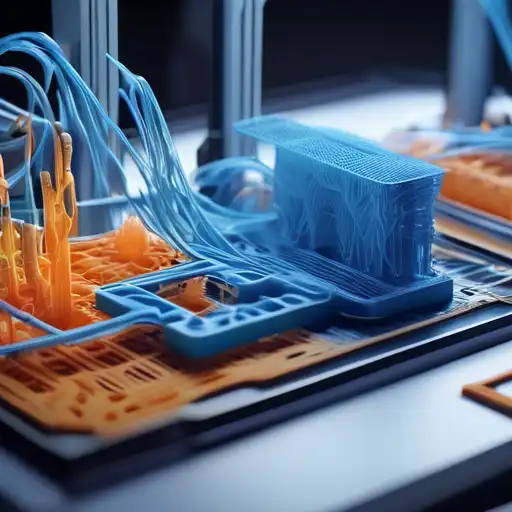Introduction to 3D Printing
3D printing, also known as additive manufacturing, has emerged as a groundbreaking technology that is reshaping industries, from healthcare to aerospace. By building objects layer by layer, it offers unparalleled flexibility in design and production, making it a cornerstone of modern manufacturing and innovation.
How 3D Printing Works
At its core, 3D printing involves creating three-dimensional objects from a digital file. The process starts with designing a model using CAD software, which is then sliced into thin layers by specialized software. The 3D printer reads these layers and deposits material, such as plastic, metal, or resin, to build the object from the bottom up.
Types of 3D Printing Technologies
- Fused Deposition Modeling (FDM): The most common method, using thermoplastic filaments.
- Stereolithography (SLA): Uses UV light to cure liquid resin into hardened plastic.
- Selective Laser Sintering (SLS): Fuses powdered material using a laser.
Applications of 3D Printing
3D printing is revolutionizing various sectors by enabling rapid prototyping, custom manufacturing, and complex geometries that were previously impossible or too costly to produce. Key applications include:
- Healthcare: Custom prosthetics, dental implants, and even bioprinting of tissues.
- Aerospace: Lightweight components for aircraft and spacecraft.
- Automotive: Custom parts and prototypes for faster development cycles.
- Fashion: Innovative designs and custom-fit clothing.
The Future of 3D Printing
As technology advances, 3D printing is set to become even more integral to manufacturing and design. With the advent of new materials and faster printing techniques, the possibilities are endless. From constructing buildings to printing food, the future of 3D printing is limited only by our imagination.
Challenges and Considerations
Despite its potential, 3D printing faces challenges such as material limitations, high costs for industrial-grade printers, and intellectual property concerns. However, ongoing research and development are addressing these issues, paving the way for wider adoption.
3D printing is not just a technological innovation; it's a paradigm shift in how we think about manufacturing, design, and creativity. By embracing this technology, we can unlock new possibilities and drive forward into a future where anything we can imagine, we can create.
